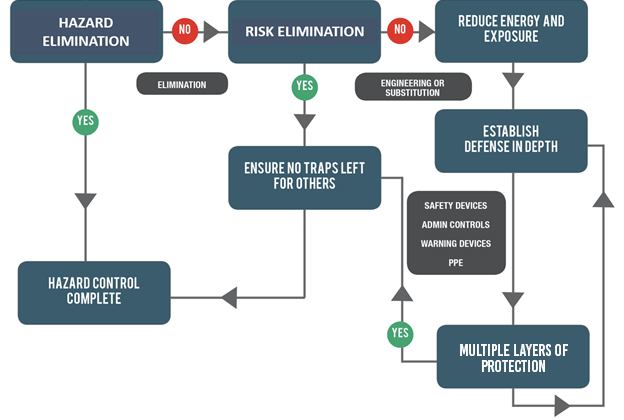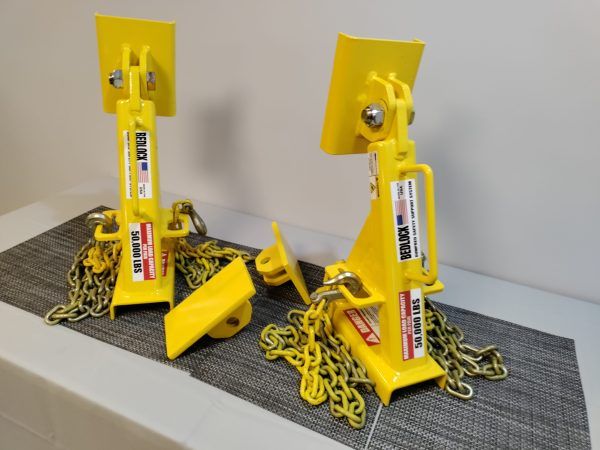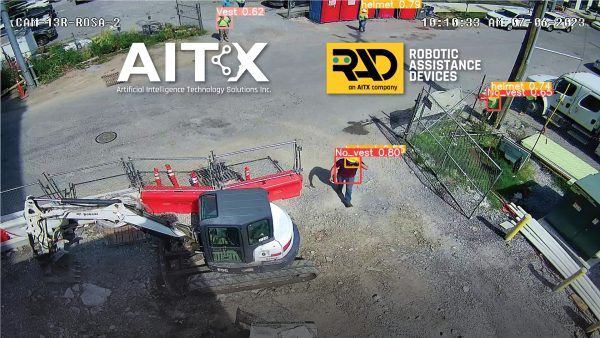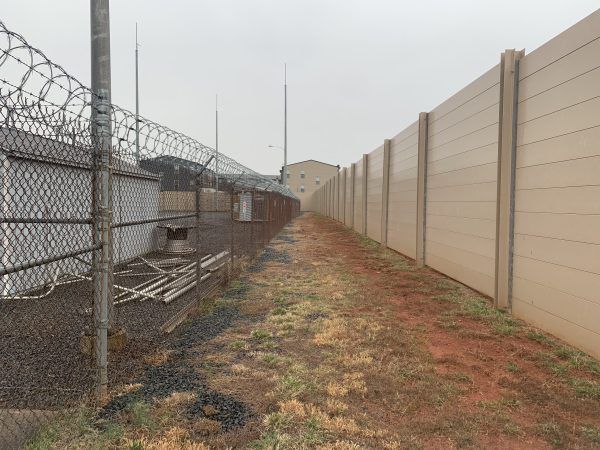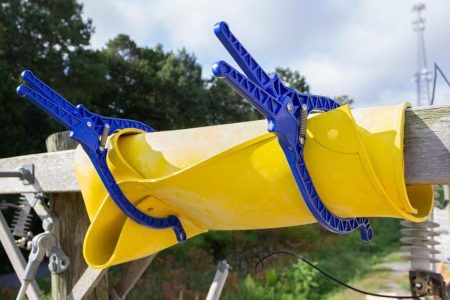The Art of Safety – A New Hierarchy
Written by David McPeak, CUSP, CIT, CHST, CSP, CSSM on . Posted in iP Security Articles.
Safety Signs and the Importance of Training
Written by Jim Vaughn, CUSP on . Posted in iP Security Articles.
New 2023 Products to Watch
Written by Kate Wade on . Posted in iP Security Articles.
Work Site Safety AI Analytic
Written by Kate Wade on . Posted in iP Security Articles.
The Art of Safety: Protect the Worker
Written by David McPeak, CUSP, CIT, CHST, CSP, CSSM on . Posted in iP Security Articles.
Strengthening the Substation Fence
Written by Jim Willis, CMAS, CHS-V on . Posted in iP Security Articles.
Planning for Storm Work
Written by Danny Raines, CUSP on . Posted in iP Security Articles.
Substations
Written by Matt Edmonds, CUSP, CIT, CHST, and Pam Tompkins, CSP, CUSP on . Posted in iP Security Articles.
Testing and Test Facilities
Written by Matt Edmonds, CUSP, CIT, CHST, and Pam Tompkins, CSP, CUSP on . Posted in iP Security Articles.
Electrical Protective Equipment and Live-Line Tools
Written by Matt Edmonds, CUSP, CIT, CHST, and Pam Tompkins, CSP, CUSP on . Posted in iP Security Articles.
Klondike Clamp
Written by Kate Wade on . Posted in iP Security Articles.
Security in the Field: A Largely Unnoticed Need
Written by Jim Willis, CMAS, CHS-V on . Posted in iP Security Articles.
Minimum Approach Distances: What’s Required?
Written by Matt Edmonds, CUSP, CIT, CHST, and Pam Tompkins, CSP, CUSP on . Posted in iP Security Articles.
System Operations: Who’s in Charge?
Written by Danny Raines, CUSP on . Posted in iP Security Articles.
Trailers, Brakes and Common Usage Errors
Written by Jim Vaughn, CUSP on . Posted in iP Security Articles.
A Practical Review of the ANSI A92.2 Standard
Written by Jim Vaughn, CUSP on . Posted in iP Security Articles.
Using Situational Awareness to Enhance Field Security
Written by Jim Willis, CMAS, CHS-V on . Posted in iP Security Articles.
Rethinking Utility Security
Written by Jim Willis, CMAS, CHS-V on . Posted in iP Security Articles.
June 2017 Q&A
Written by Jim Vaughn, CUSP on . Posted in iP Security Articles.
Shining a Light on Ventilation Systems and Surveys in the Electric Power Industry
Written by Connie L. Muncy, CIH, CUSP, MS, REM on . Posted in iP Security Articles.
Emergency Preparedness for Remote Winter Work Locations
Written by Todd Horning on . Posted in iP Security Articles.
Recognizing Summit Fever in the Utility Industry
Written by Dave Sowers on . Posted in iP Security Articles, Utility Guardian.
Fire Restoration Best Practices for Utilities
Written by Chris Grajek, CRSP, CUSP on . Posted in iP Security Articles.
Don’t Leave Employees to Fill in the Blanks
Written by Dave Sowers on . Posted in iP Security Articles.
RF Safety for Utility Workers
Written by Miranda Allen on . Posted in iP Security Articles.
N95 Filtering Face Pieces: Where Does Your Organization Stand?
Written by Jarred O'Dell, CSP, CUSP on . Posted in iP Security Articles.
Rigging Fundamentals for Utilities
Written by Brian S. Hope, ASP, CSP, CUSA on . Posted in iP Security Articles.
Voice of Experience: Fundamentals of Underground Padmount Transformers
Written by Danny Raines, CUSP on . Posted in iP Security Articles.
April 2015 Q&A
Written by Jim Vaughn, CUSP on . Posted in iP Security Articles.
Growing a Human Performance Culture
Written by David W. Bowman on . Posted in iP Security Articles.
Behavior-Based Safety: What’s the Verdict?
Written by Mike Caro, CUSP on . Posted in iP Security Articles.
Mitigating the Risks of Aerial Patrols
Written by Nathan Boutwell, CUSP on . Posted in iP Security Articles.
Improving Safety Through Communication
Written by Michael J. Getman, CUSP, MBA on . Posted in iP Security Articles.
Traffic Safety for Lineworkers
Written by Mike Caro, CUSP on . Posted in iP Security Articles.
Emergency Action Plans for Remote Locations
Written by Gary Coleman, CHST, CSP, CUSP, OHST, STSC on . Posted in iP Security Articles.
Safety Management During Change
Written by Claudia Hendricks on . Posted in iP Security Articles.
Passing the CUSP Exam
Written by Jim Vaughn, CUSP on . Posted in iP Security Articles.
Learning Leadership: Leadership Skill Set 3: Self-Motivation
Written by Parrish Taylor on . Posted in iP Security Articles.
Safety Awareness for Substations
Written by R. Scott Young, CUSP on . Posted in iP Security Articles.
Occupational Dog Bite Prevention & Safety
Written by Ron Joseph, CUSP on . Posted in iP Security Articles.
Oh, No! Changes in the Workplace
Written by Andrew G. Green and Pam Tompkins, CSP, CUSP on . Posted in iP Security Articles.
T&D Best Practices for Crew Leaders
Written by Ronald J. Schenk, CUSP on . Posted in iP Security Articles.
Substation Safety
Written by John Boyle on . Posted in iP Security Articles.
